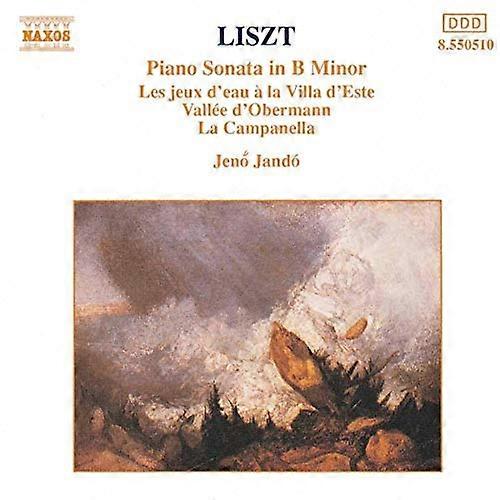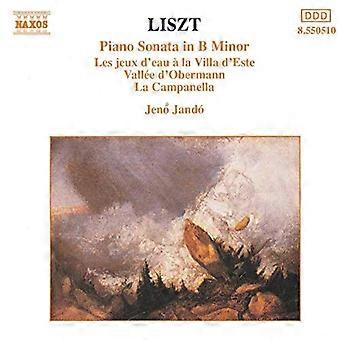説明
Franz Liszt (1811 - 1886) Sonata in B MinorLes jeux d'eau a la Villa d'Este Vallee d'Obermann La CampanellaFranz Liszt was born in 1811 at Raiding (Doborjan) near?ûdenburg (Sopron) in a German-speaking region of Hungary. His father, Adam Liszt, was asteward in the employment of Haydn's former patrons, the Esterhazy Princes, and anamateur cellist. The boy showed early musical talent, exhibited in a public concert at?ûdenburg in 1820, followed by a concert in Pressburg (the modern Slovak capitalBratislava). This second appearance brought sufficient support from members of theHungarian nobility to allow the family to move to Vienna, where Liszt took piano lessonsfrom Czerny and composition lessons from the old Court Composer Antonio Salieri, who hadtaught Beethoven and Schubert. In 1822 the Liszts moved to Paris, where, as a foreigner,he was refused admission to the Conservatoire by Cherubini, but was able to embark on acareer as a virtuoso, displaying his gifts as a pianist and as a composer.On the death of his father in 1827 Liszt was joined again byhis mother in Paris, where he began to teach the piano and to interest himself in thenewest literary trends of the day. The appearance of Paganini in Paris in 1831 suggestednew possibilities of virtuosity as a pianist, later exemplified in his Paganini Studies. Aliaison with a married woman, the Comtesse Marie d' Agoult, a blue-stocking on the modelof their friend the novelist George Sand (Aurore Dudevant), and the subsequent birth ofthree children, involved Liszt in years of travel, from 1839 once more as a virtuosopianist, a r??le in which he came to enjoy the wildest adulation of audiences.In 1844 Liszt finally broke with Marie d' Agoult, who latertook her own literary revenge on her lover. Connection with the small Grand Duchy ofWeimar led in 1848 to his withdrawal from public concerts and his establishment there asDirector of Music, accompanied by a young Polish heiress, Princess Carolyne zuSayn-Wittgenstein, the estranged wife of a Russian nobleman and a woman of literary andtheological propensities. Liszt now turned his attention to new forms of composition,particularly to symphonic poems, in which he attempted to translate into musical termsworks of literature.Catholic marriage to Princess Sayn-Wittgenstein had provedimpossible, but application to the Vatican offered some hope, when, in 1861, Liszttravelled to join her in Rome. The couple continued to live separately in Rome, starting aperiod of his life that Liszt later described as une vie trifurqueee (a three-prongedlife), as he divided his time between his comfortable monastic residence in Rome, hisvisits to Weimar, where he held court as a master of the keyboard and a prophet of the newmusic, and his appearances in Hungary, where he was now hailed as a national hero.Liszt's illegitimate daughter Cosima had married the pianistand conductor Hans von B??low, whom she later deserted for Wagner, already the father oftwo of her children. His fin
-
Fruugo ID:
426557201-895649359
-
EAN:
4891030505100

